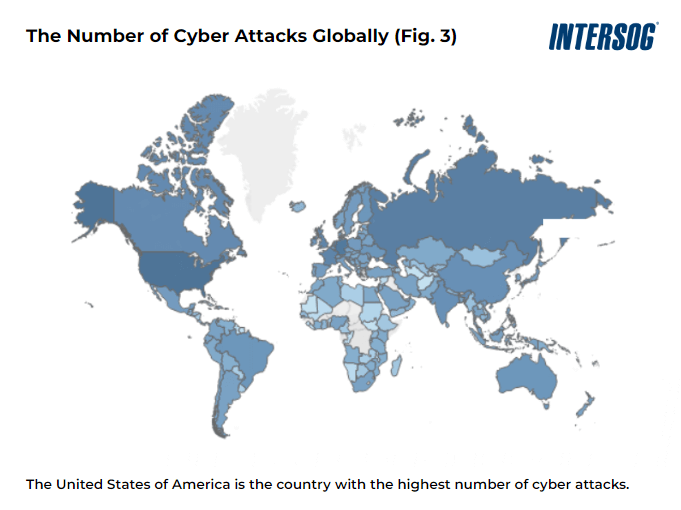Currently eighteen years old, I am a freshman at Old Dominion University, originally from Brambleton, Virginia. This is how I appear!

My major is cybersecurity, and I’m looking to get a job in the future. I have a mom, dad, sister, and a dog named Prince. My favorite hobbies to do in my free time are play video games, play basketball, ride my scooter, roller skate, fish, and more. I am really social when talking to people and have a lot of friends that I have great relationships with. This year at Old Dominion University, so far I love going to the web, going to the recreational center to lift and play basketball, and hanging out with friends. I am currently enrolled in the honors college at Old Dominion University.
Thoughts about Cybersecurity and Social sciences
Human Behavior is the Weakest Link in Cybersecurity
- Social engineering attacks, like phishing, exploit human psychology rather than technical vulnerabilities. Understanding decision-making and cognitive biases can help build better security measures.
-

Privacy vs. Security: The Ethical Dilemma
- Governments and companies collect vast amounts of data for security purposes, but where do we draw the line between protection and surveillance? Social scientists analyze how people perceive and react to these trade-offs.

Cybersecurity Education Needs a Social Approach
- Teaching people about cybersecurity isn’t just about tech skills; it requires understanding social behaviors and motivations. Social scientists can help design better training programs.

Misinformation and Psychological Warfare
- Cybersecurity isn’t just about hacking—it’s also about controlling narratives. Disinformation campaigns exploit social trust and spread rapidly online, impacting elections, public opinion, and security.

The Digital Divide Creates Cybersecurity Gaps
- Not everyone has equal access to cybersecurity knowledge or tools. Socioeconomic factors influence who is most vulnerable to cyber threats, making it a social justice issue as much as a technical one.

Citations & references
- John W. Jones, P. (2024, January 10). Employee cybercrime and deviance: A loss prevention psychology perspective. Loss Prevention Media. https://losspreventionmedia.com/employee-cybercrime-and-deviance-a-loss-prevention psychology perspective/#:~:text=Employee%20Deviance%20in%20Cyberspace&text=Examples%20of%20cyber%20deviance%20include,of%20company%20systems%20or%20data.
- Security alert surveillance cameras are recording you theft will be prosecuted sign, 12×12 inches, Rust Free .040 aluminum, fade resistant, made in USA by sigo signs: Amazon.com: Industrial & Scientific. Amazon. (n.d.). https://www.amazon.com/Security-Surveillance-Cameras-Recording-Prosecuted/dp/B0CFM9V97Y
- Pocket Prep. (2024, September 4). 5 ways to make cybersecurity education engaging and effective. https://www.pocketprep.com/posts/5-ways-to-make-cybersecurity-education-engaging-and-effective/
- Fake news screen stock photos – 5250 images. Fake News Screen royalty-free images. (n.d.). https://www.shutterstock.com/search/fake-news-screen
- Global view of cyber security. Intersog. (2024, July 16). http://intersog.com/blog/strategy/global-view-of-cyber-security/